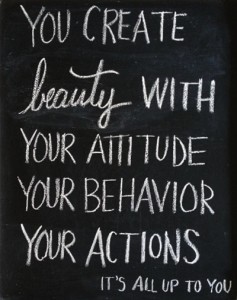The 1991 commercial promoting the restaurant, Sizzler, is packed with rhetoric. Although the commercial is quite humorous, the strategies used by the marketing team who created the video are very in depth.
To begin, the audio of the commercial serves the rhetorical purpose of emphasizing Sizzler’s dedication to the American tradition of freedom. The voiceover says that a “quiet revolution” is occurring in America, where more parents are working and raising families, where life is moving faster than it ever has before and where Americans are redefining quality in their personal lives and in their business lives. The idea of the “quite revolution” coming from a voice similar to that of a male politician, is complimented later when a chorus of singers claims that Sizzler is ‘holding to tradition,” while “changing with the times.” The male who is doing the voice over is meant to present ethos. Viewers trust his patriotic voice and believe that they should follow his words, much like they would a persuasive politician. The audio is very American, emphasizing motifs of freedom and liberty. The chorus singing also creates a group dynamic, in which audiences feel the need to join in. Just having one person singing may not produce the same effect. Sizzler’s is a nationwide choice, and to not join other American’s in choosing Sizzler’s is to deny American ideals.
The visuals also serve various rhetorical purposes. A man throwing a Frisbee to his dog emphasizes an American theme of loyalty. A little girl hitting a ball with a baseball bat emphasizes the American dream, the American tradition of baseball, and a breaking of gender roles. She represents tradition as well as the changing times. The construction worker emphasizes the building of freedom and the construction of freedom in America and in the Sizzler restaurant. The patriotic sailor saying goodbye to his girl elicits sympathy as well as rallies morale for the heroes of America. Sizzler uses the image of a sailor to show that they support the war efforts of this great nation; the war efforts meant to maintain the freedom of this nation. The grandparents watching over their grandchild who is riding a bike produce several rhetorical elements. First, they show the importance of the elderly. They also further represent the idea that with changing times, more parents are working, but the family dynamic is maintained when the grandparents watch the grandchildren. Finally, the cowboy and the cowgirl represent traditions of Western romance.
“Sizzler is the choice of Americans” because it provides a grill, as well as a buffet. The “friendly” smiling staff invites all Americans. No one is discriminated against because all ages, races and genders are portrayed in the video. In the end, the commercial emphasizes Sizzler’s dedication to tradition as well as ingenuity. They use the bandwagon effect to draw customers in. The idea is presented that not going to Sizzler’s is denying the freedoms that countless American’s have fought and died for. Sizzler’s is the patriotic thing for all Americans to do.



